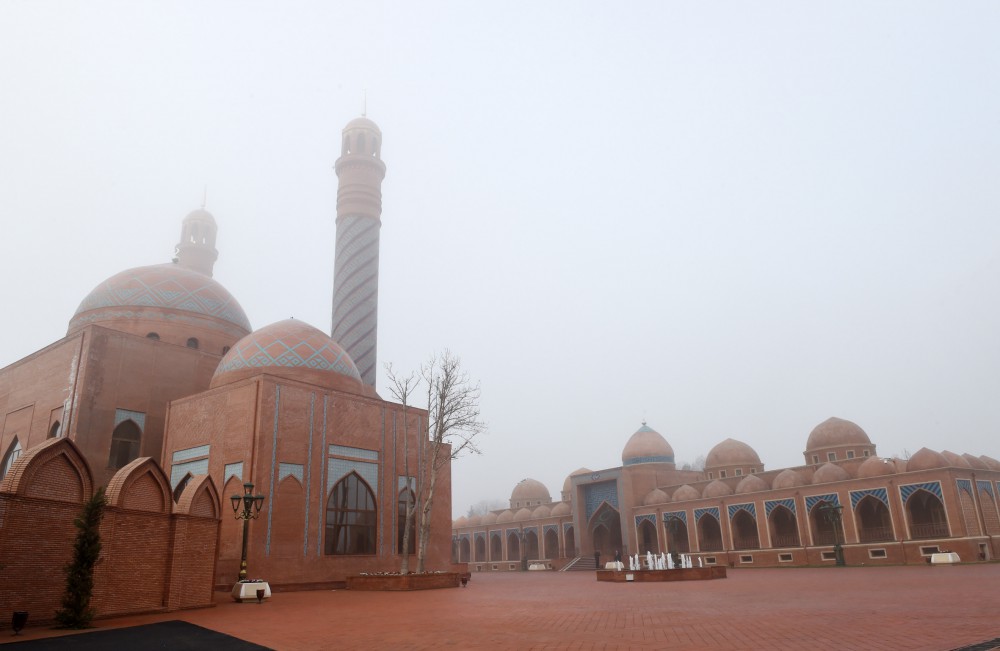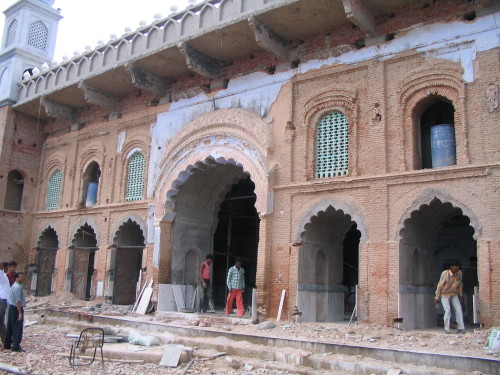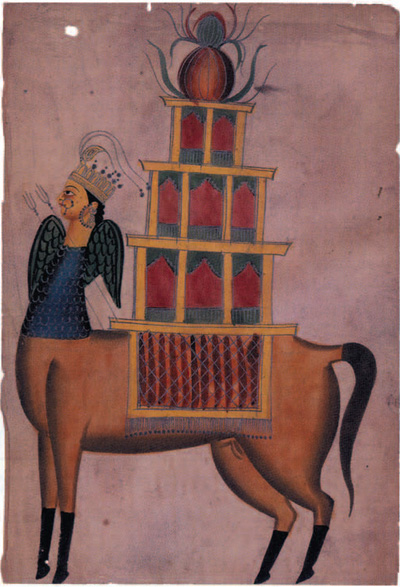Dr.Mazhar
Naqvi
Chehlum
of Imam Hussain was observed with great solemnity in Kanpur
City. Tazia,Zari and Alam processions wend their way to Gwaltoli Karbala after originating
from their respective Imambargahs and Chowks located mainly in
Colonelganj,Patkpur,Jajmau,Babupurwa,Chamanganj, Talaq Mohal, Chamra Mandi,
Iftikharabad,Sakera State,KDA Colony and Juhi areas.
As
usual, the maximum number of devotees turned up at Imambargah Hadi Begum in
Chotey Miyan Ka Hata to attend majlis
before the start of historic and one of the oldest Chehlum processions of the
region. Maulana Zaheer Sahib from Lucknow addressed the majlis and recalled in
a voice choked with emotions as to how Hazrat Zainab and Imam Sajjad had
observed Chehlum of Imam Hussain after the massacre of Karbala. Immediately
after majlis, Anjuman Moinul Momneen began Nauhakhwani and devotees beat their
chests thunderously to the tunes of Nauhas written by Allamam Muntasir Zaidpuri
for Chehlum of martyrs of Karbala.
The
second important procession was taken out Anjuman-E-Rizviya from Patkapur
locality. Participants wept bitterly when Anjuman like yesteryears began
reciting Nauha with the wordings “ Bhai
Ki Qabr Hil Gayi Khwahar Ke Bain se, Zainab Lipat gayi Hain Mazar-e-Hussain se’
.Other Anjumans such as raza-e-Islam, Aza-e-Hussain, Firdausia,
Jafaria,Zulfiqar-e-Haidery, Panjatni, Anwar-E-Panjatni,Abu Tarabiya and
Mohammadia also took out Alam
processions and paid tributes to martyrs through Nauhas,salams and rawaits .
Apart
from Gwaltoli,devotees also assembled at large number at Badi Karbala Nawabganj
to have a glimpse of Zari Mubarak that has been erected with wood work as an
exact replica of Imam Hussain’s Zari at Karbala. A large number of Hindu women
were seen praying before the zari Mubarak. Tazias and Zaris were brought out by
devotees from Machli Tola, Farashkhana,Lakarmandi,Coolie Bazar and Gammu Khan
ka Hata.
A
few Anjumans recited their new Nauhas and Salams in Gwaltoli before culmination
of the processions. A keen contest was witnessed between Anjuman Raza-E-Islam and Anjuman-E-Rizviya. Anjuman
Jafaria and Mohammadia also earned applause for their efforts.
Prominent
among those who played a vital role in making arrangements for peaceful
observance of Chehlum included Kalbe Abbas,Mirza Nadir Hussain,Jani
Miyan,Maulana Bachchan, Israr Hussain Zaidi, Musheer Abdi, Nawab Mumtaz,
Salmi,Nawab Farhat, Nawab Hussain,Waqar Zaidi , Muzaffar Raza,Meesum Rizvi,Haider
Raza and Sanjay.
On
the eve of Chehlum, Shabbedaris were organized by different Anjumans.Maulana
abbas Mehndi addressed majalis held at Shabedari of Anjuman Ghunche
raza-e-Islam, Imambargah Rizwan Saheb and Imambargah Chotey Sahib. Anjumans
recited Nauhas in all Shabbedaris till dawn.(report is based on personal
participation and inputs received from office-bearers of Anjumans)












